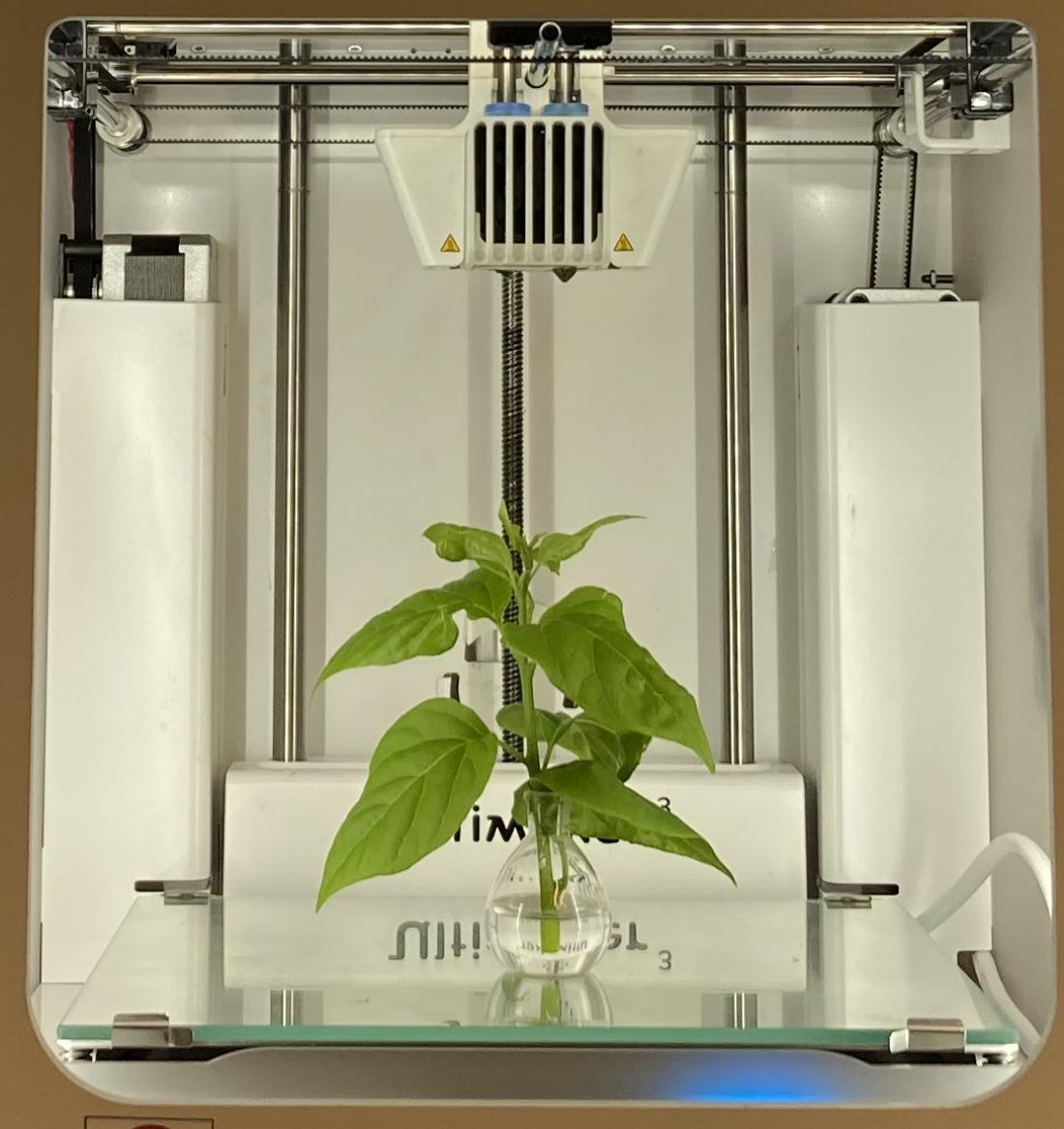An international team of researchers, led by Dr. Mansingh (Sri Ramakrishna Engineering College), Dr JS Binoj (Centre for Advanced Composite Materials, Universiti Teknologi Malaysia & Institute of Mechanical Engineering, SIMATS) and Associate Professor Eugene Wong (Newcastle University in Singapore), has successfully developed a method to recycle agriculture waste, namely pineapple leaf fibres, for making filaments that can be used for 3D printing of parts. The advent of 3D printing technology has significantly advanced the manufacturing industry, putting the reach of manufacturing into the hands of small industry players, by enabling them to accelerate the volume of production. At the same time, this has generated a lot of waste materials from the manufacturing process as well as from the products at the end of their life. These waste are now contributing significantly to plastic pollution, especially when the plastics do not degrade readily.
Here, for the first time, the team has demonstrated that it is possible to use biogradable materials, namely pineapple leaf fiber (PALF) and polylactic acid to produce filaments for use in 3D printing of parts. Using these biogradable filaments, the team then went on to successfully achieved PALF reinforced PLA green composite, manufactured by 3D printing technique, with enhanced mechanical, crystalline, chemical bonding and thermal properties. In particular, the characterization study reveals that the 3D printed composite with 3 wt% (alkali- treated) PALF reinforcement exhibited maximum tensile and flexural characteristics.
The feasibility of this approach can lend to a completely sustainable, biodegradable, eco-friendly and green composite material for packaging of food and medical products.
The work has been published in Polymer Composites. The paper can be viewed at https:// DOI: 10.1002/pc.26906
The other members of the team are Associate Professor Shukur Abu Hassan (Director of CACM, Universiti Teknologi Malaysia), Associate Professor Taweechai Amornsachai (Mahidol University, Thailand) and Associate Professor Kheng Lim Goh (Newcastle University in Singapore).
For further details and enquiry on potential collaboration, please contact Dr. B. Brailson Mansingh at [email protected], Dr. J. S. Binoj at [email protected], Dr Eugene Wong at [email protected] or Dr K L Goh at [email protected].



